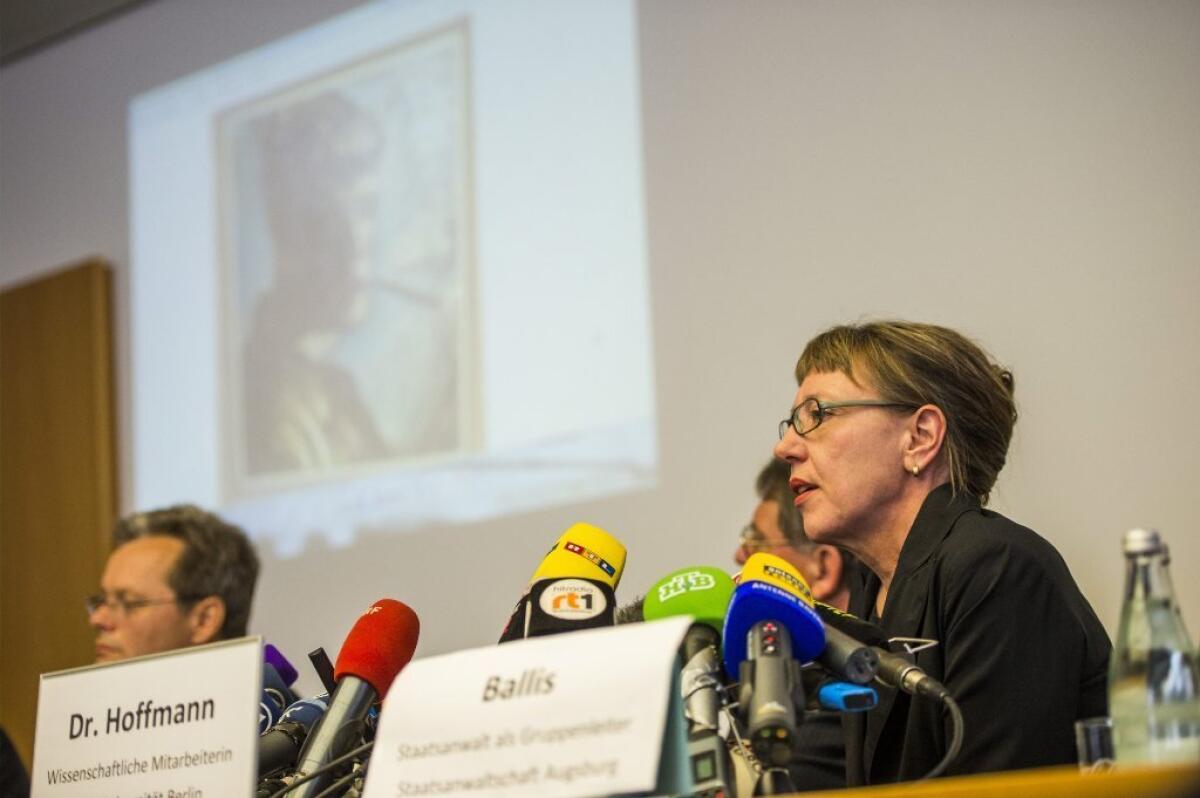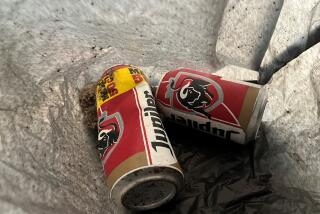Nazi art discovery in Germany could pose legal challenges

- Share via
The recently revealed discovery of more than 1,400 works of art stashed away in an apartment in Munich, Germany, could pose a number of legal challenges for individuals looking to make a claim, an art expert said in an interview.
Officials in Germany uncovered invaluable works by Picasso, Renoir, Toulouse-Lautrec and many others in the Munich apartment of art dealer Cornelius Gurlitt, the son of the Nazi-era dealer Hildebrand Gurlitt. Authorities are holding the art in an unidentified storage area near Munich.
The discovery poses thorny legal challenges, especially in the realm of restitution, according to E. Randol Schoenberg, an attorney who is also the president of the Los Angeles Museum of the Holocaust.
The Nazi government required German museums to ban so-called “degenerate art” -- works of modern art that Adolf Hitler deemed too Jewish or contrary to German culture. Many of these works were ultimately acquired by private dealers.
ART: Can you guess the high price?
If Gurlitt is in fact the owner of the pieces that were discovered in his apartment, current European law will likely protect his ownership of the art, Schoenberg said.
“Laws in Europe are terrible for the recovery of artwork. If they’re in private hands, there’s virtually no way of recovering them,” he said.
Schoenberg said that officials will have to determine which pieces in the discovered cache are from German museums and which were seized from Jewish families during the Holocaust.
“When you find things in private collections in Europe, it’s extremely difficult to get them back,” he said. “In Europe, they favor the people who stole them and held them.”
Schoenberg worked as an attorney for Maria Altmann in her legal battle to reclaim her family’s collection of paintings, including pieces by Gustav Klimt, that were seized by the Nazis in 1938.
Early last year German authorities seized 121 framed and 1,285 unframed works from Gurlitt’s Munich apartment.
Officials kept the raid secret but an article published over the weekend in the German magazine Focus revealed the art stash to the public.
Documenting and authenticating the pieces could take years to complete.
ALSO:
Lift the veil from the Nazi art cache
Details emerge of masterpieces in Nazi art trove
Nazi art cache includes Renoir, Picasso and 16th century pieces
More to Read
The biggest entertainment stories
Get our big stories about Hollywood, film, television, music, arts, culture and more right in your inbox as soon as they publish.
You may occasionally receive promotional content from the Los Angeles Times.










